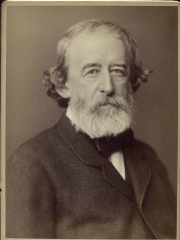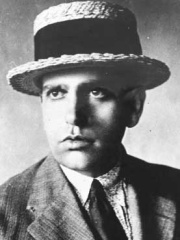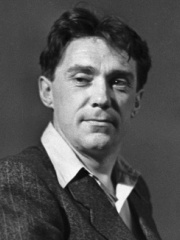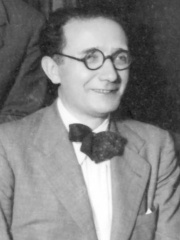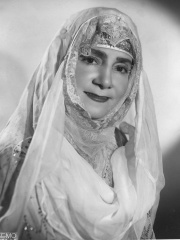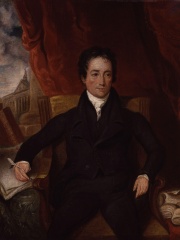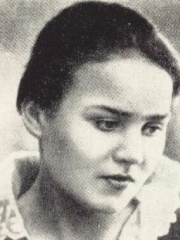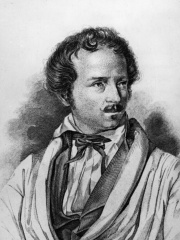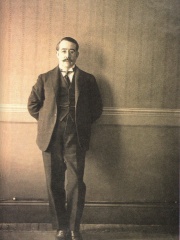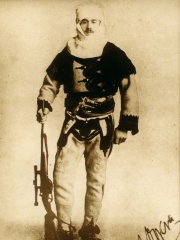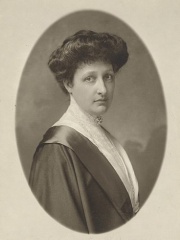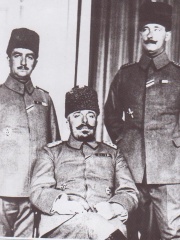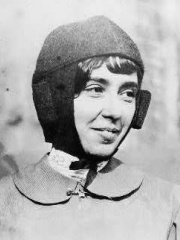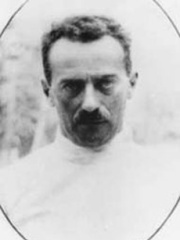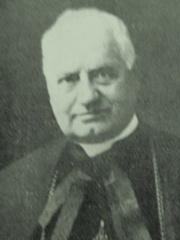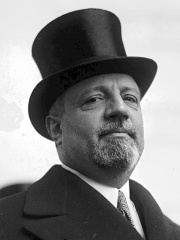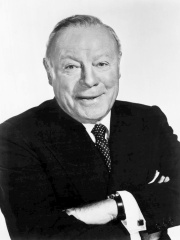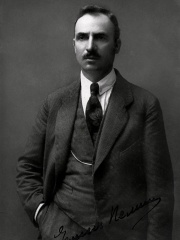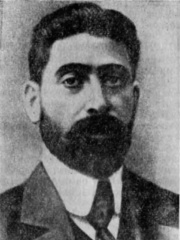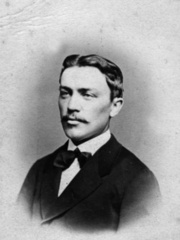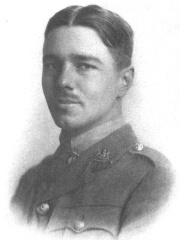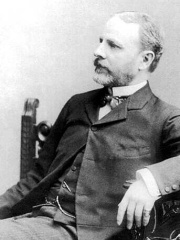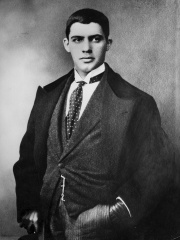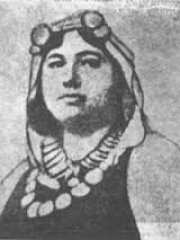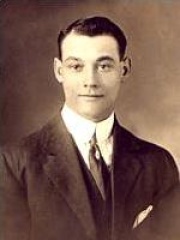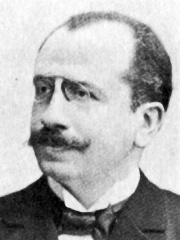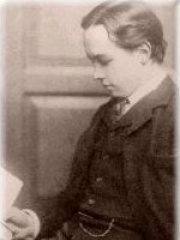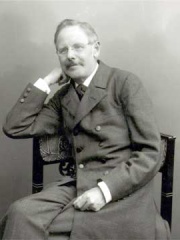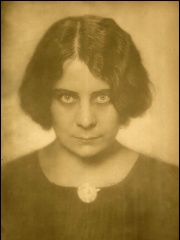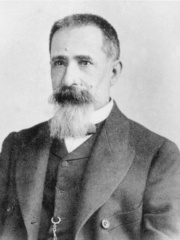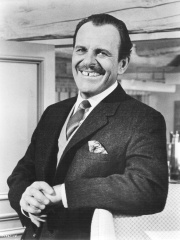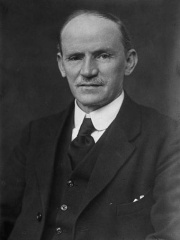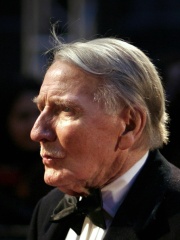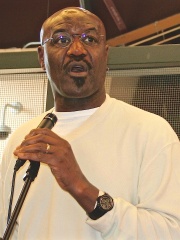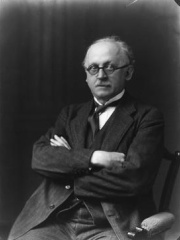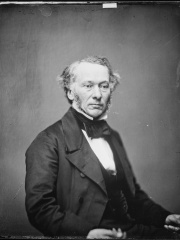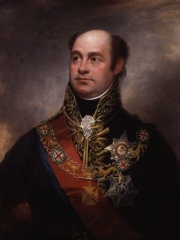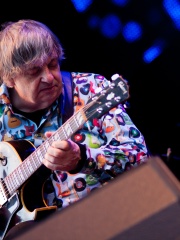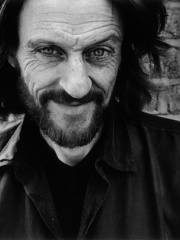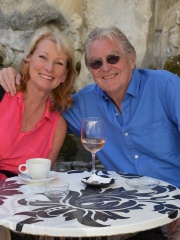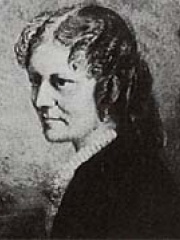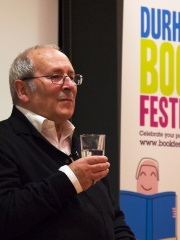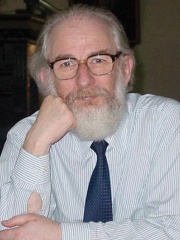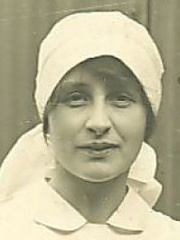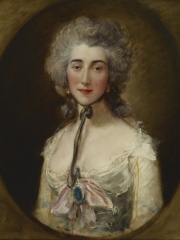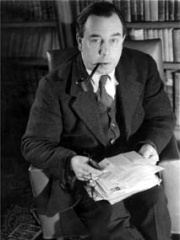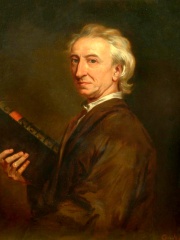WRITER
William Hope Hodgson
1877 - 1918
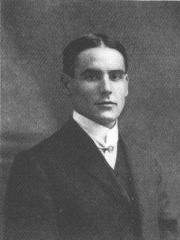
 William Hope Hodgson
William Hope Hodgson
William Hope Hodgson (15 November 1877 – 19 April 1918) was an English author. He produced a large body of work, consisting of essays, short fiction, and novels, spanning several overlapping genres including horror, fantastic fiction, and science fiction. Hodgson used his experiences at sea to lend authentic detail to his short horror stories, many of which are set on the ocean, including his series of linked tales forming the "Sargasso Sea Stories". Read more on Wikipedia
Since 2007, the English Wikipedia page of William Hope Hodgson has received more than 356,926 page views. His biography is available in 19 different languages on Wikipedia (up from 17 in 2019). William Hope Hodgson is the 3,385th most popular writer (down from 3,329th in 2019), the 2,427th most popular biography from United Kingdom (up from 2,466th in 2019) and the 276th most popular British Writer.
Memorability Metrics
360k
Page Views (PV)
51.89
Historical Popularity Index (HPI)
19
Languages Editions (L)
4.19
Effective Languages (L*)
2.55
Coefficient of Variation (CV)
Notable Works
Page views of William Hope Hodgsons by language
Over the past year William Hope Hodgson has had the most page views in the English wikipedia edition with 45,307 views, followed by Spanish (7,736), and Italian (5,702). In terms of yearly growth of page views the top 3 wikpedia editions are Bulgarian (297.73%), Southern Azerbaijani (129.48%), and Breton (98.58%)
Among WRITERS
Among writers, William Hope Hodgson ranks 3,385 out of 7,302. Before him are Herman Grimm, Oswald de Andrade, Boris Polevoy, Alfonso Daniel Rodríguez Castelao, Armen Ohanian, and Jean Effel. After him are Mika Antić, Charles Lamb, Juan Boscán Almogáver, Salomėja Nėris, Willibald Alexis, and Leopoldo Lugones.
Most Popular Writers in Wikipedia
Go to all RankingsHerman Grimm
1828 - 1901
HPI: 51.90
Rank: 3,379
Oswald de Andrade
1890 - 1954
HPI: 51.90
Rank: 3,380
Boris Polevoy
1908 - 1981
HPI: 51.90
Rank: 3,381
Alfonso Daniel Rodríguez Castelao
1886 - 1950
HPI: 51.89
Rank: 3,382
Armen Ohanian
1887 - 1976
HPI: 51.89
Rank: 3,383
Jean Effel
1908 - 1982
HPI: 51.89
Rank: 3,384
William Hope Hodgson
1877 - 1918
HPI: 51.89
Rank: 3,385
Mika Antić
1932 - 1986
HPI: 51.89
Rank: 3,386
Charles Lamb
1775 - 1834
HPI: 51.89
Rank: 3,387
Juan Boscán Almogáver
1490 - 1542
HPI: 51.88
Rank: 3,388
Salomėja Nėris
1904 - 1945
HPI: 51.87
Rank: 3,389
Willibald Alexis
1798 - 1871
HPI: 51.86
Rank: 3,390
Leopoldo Lugones
1874 - 1938
HPI: 51.86
Rank: 3,391
Contemporaries
Among people born in 1877, William Hope Hodgson ranks 100. Before him are Franz Nopcsa von Felső-Szilvás, Princess Maria Cristina of Bourbon-Two Sicilies, Wehib Pasha, Hélène Dutrieu, Reginald Garrigou-Lagrange, and Otto Herschmann. After him are Joanni Perronet, Luigi Maglione, Giuseppe Volpi, Mordechai Gebirtig, Edmund Gwenn, and Elin Pelin. Among people deceased in 1918, William Hope Hodgson ranks 112. Before him are Meshadi Azizbekov, Ivan Puluj, Wilfred Owen, Károly Khuen-Héderváry, Amadeo de Souza Cardoso, and Malak Hifni Nasif. After him are George Lawrence Price, Albert Ballin, Robbie Ross, Peter Rosegger, Margit Kaffka, and Ulisse Dini.
Others Born in 1877
Go to all RankingsFranz Nopcsa von Felső-Szilvás
BIOLOGIST
1877 - 1933
HPI: 52.29
Rank: 94
Princess Maria Cristina of Bourbon-Two Sicilies
POLITICIAN
1877 - 1947
HPI: 52.26
Rank: 95
Wehib Pasha
MILITARY PERSONNEL
1877 - 1940
HPI: 52.22
Rank: 96
Hélène Dutrieu
POLITICIAN
1877 - 1961
HPI: 52.20
Rank: 97
Reginald Garrigou-Lagrange
RELIGIOUS FIGURE
1877 - 1964
HPI: 52.12
Rank: 98
Otto Herschmann
ATHLETE
1877 - 1942
HPI: 51.98
Rank: 99
William Hope Hodgson
WRITER
1877 - 1918
HPI: 51.89
Rank: 100
Joanni Perronet
ATHLETE
1877 - 1950
HPI: 51.75
Rank: 101
Luigi Maglione
RELIGIOUS FIGURE
1877 - 1944
HPI: 51.68
Rank: 102
Giuseppe Volpi
POLITICIAN
1877 - 1947
HPI: 51.62
Rank: 103
Mordechai Gebirtig
MUSICIAN
1877 - 1942
HPI: 51.35
Rank: 104
Edmund Gwenn
ACTOR
1877 - 1959
HPI: 51.31
Rank: 105
Elin Pelin
WRITER
1877 - 1949
HPI: 51.30
Rank: 106
Others Deceased in 1918
Go to all RankingsMeshadi Azizbekov
SOCIAL ACTIVIST
1876 - 1918
HPI: 53.16
Rank: 106
Ivan Puluj
PHYSICIST
1845 - 1918
HPI: 53.08
Rank: 107
Wilfred Owen
WRITER
1893 - 1918
HPI: 53.00
Rank: 108
Károly Khuen-Héderváry
POLITICIAN
1849 - 1918
HPI: 52.70
Rank: 109
Amadeo de Souza Cardoso
PAINTER
1887 - 1918
HPI: 52.40
Rank: 110
Malak Hifni Nasif
WRITER
1886 - 1918
HPI: 52.12
Rank: 111
William Hope Hodgson
WRITER
1877 - 1918
HPI: 51.89
Rank: 112
George Lawrence Price
MILITARY PERSONNEL
1892 - 1918
HPI: 51.70
Rank: 113
Albert Ballin
BUSINESSPERSON
1857 - 1918
HPI: 51.36
Rank: 114
Robbie Ross
JOURNALIST
1869 - 1918
HPI: 51.36
Rank: 115
Peter Rosegger
WRITER
1843 - 1918
HPI: 51.11
Rank: 116
Margit Kaffka
WRITER
1880 - 1918
HPI: 50.99
Rank: 117
Ulisse Dini
MATHEMATICIAN
1845 - 1918
HPI: 50.91
Rank: 118
In United Kingdom
Among people born in United Kingdom, William Hope Hodgson ranks 2,427 out of 8,785. Before him are Terry-Thomas (1911), Alfred Fowler (1868), Leslie Phillips (1924), Delroy Lindo (1952), Edwin Lutyens (1869), and Richard Cobden (1804). After him are Pete Burns (1959), Charles Lamb (1775), Terence Davies (1945), William Beresford, 1st Viscount Beresford (1768), Philip Catherine (1942), and Richard Bremmer (1953).
Others born in United Kingdom
Go to all RankingsTerry-Thomas
ACTOR
1911 - 1990
HPI: 51.93
Rank: 2,421
Alfred Fowler
ASTRONOMER
1868 - 1940
HPI: 51.92
Rank: 2,422
Leslie Phillips
ACTOR
1924 - 2022
HPI: 51.92
Rank: 2,423
Delroy Lindo
ACTOR
1952 - Present
HPI: 51.91
Rank: 2,424
Edwin Lutyens
ARCHITECT
1869 - 1944
HPI: 51.91
Rank: 2,425
Richard Cobden
POLITICIAN
1804 - 1865
HPI: 51.90
Rank: 2,426
William Hope Hodgson
WRITER
1877 - 1918
HPI: 51.89
Rank: 2,427
Pete Burns
MUSICIAN
1959 - 2016
HPI: 51.89
Rank: 2,428
Charles Lamb
WRITER
1775 - 1834
HPI: 51.89
Rank: 2,429
Terence Davies
FILM DIRECTOR
1945 - 2023
HPI: 51.88
Rank: 2,430
William Beresford, 1st Viscount Beresford
POLITICIAN
1768 - 1854
HPI: 51.87
Rank: 2,431
Philip Catherine
MUSICIAN
1942 - Present
HPI: 51.87
Rank: 2,432
Richard Bremmer
ACTOR
1953 - Present
HPI: 51.87
Rank: 2,433
Among WRITERS In United Kingdom
Among writers born in United Kingdom, William Hope Hodgson ranks 276. Before him are Peter Mayle (1939), Anna Sewell (1820), Arnold Wesker (1932), David Crystal (1941), John Ford (1586), and Vera Brittain (1893). After him are Charles Lamb (1775), John Henry Mackay (1864), Grace Elliott (1754), J. B. Priestley (1894), John Osborne (1929), and John Evelyn (1620).
Peter Mayle
1939 - 2018
HPI: 52.07
Rank: 270
Anna Sewell
1820 - 1878
HPI: 52.07
Rank: 271
Arnold Wesker
1932 - 2016
HPI: 52.04
Rank: 272
David Crystal
1941 - Present
HPI: 51.98
Rank: 273
John Ford
1586 - 1639
HPI: 51.97
Rank: 274
Vera Brittain
1893 - 1970
HPI: 51.94
Rank: 275
William Hope Hodgson
1877 - 1918
HPI: 51.89
Rank: 276
Charles Lamb
1775 - 1834
HPI: 51.89
Rank: 277
John Henry Mackay
1864 - 1933
HPI: 51.83
Rank: 278
Grace Elliott
1754 - 1823
HPI: 51.80
Rank: 279
J. B. Priestley
1894 - 1984
HPI: 51.79
Rank: 280
John Osborne
1929 - 1994
HPI: 51.78
Rank: 281
John Evelyn
1620 - 1706
HPI: 51.78
Rank: 282
